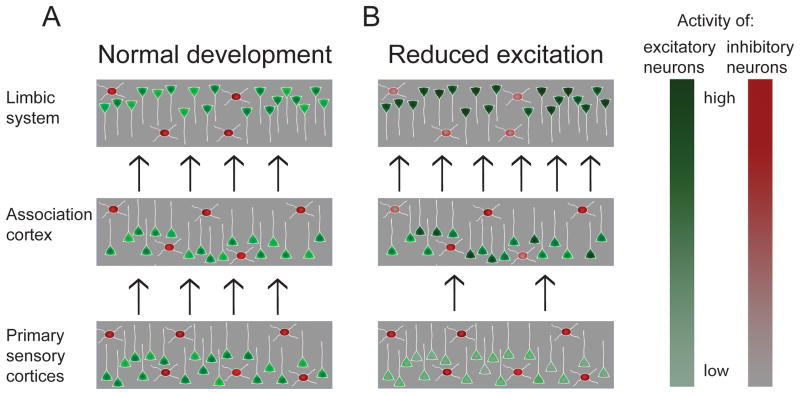Figure 3. Faithful signal propagation in multilayered cortical networks may require higher order layers to compensate for altered activity in lower layers.
Cortical networks can be schematized as interconnected layers of neurons. Activity in the “input layer” of primary sensory cortices is driven by sensory inputs, while activity in higher order association and limbic regions depends to a greater degree on activity in preceding layers. (A) During normal development excitation and inhibition are balanced to preserve appropriate activity levels across synaptically connected brain regions with the activity of the cells in each layer adjusted to the amount of input this layer receives. (B) If the balance is perturbed so that, for example, input layers have reduced activity (indicated by normal red inhibitory but reduced green excitatory activity), homeostatic mechanisms compensate for the defect and upregulate the excitability of circuits in higher order Association and Limbic regions (indicated by a darker shade of green and lighter shade of red in some neurons) in an attempt to maintain normal levels of propagating activity. However, if not perfectly balanced, this can lead to overactivity in higher order regions coexisting with reduced activity in lower order regions. Networks in higher order regions with enhanced excitation and reduced inhibition may be brittle and prone to develop epileptiform activity.

